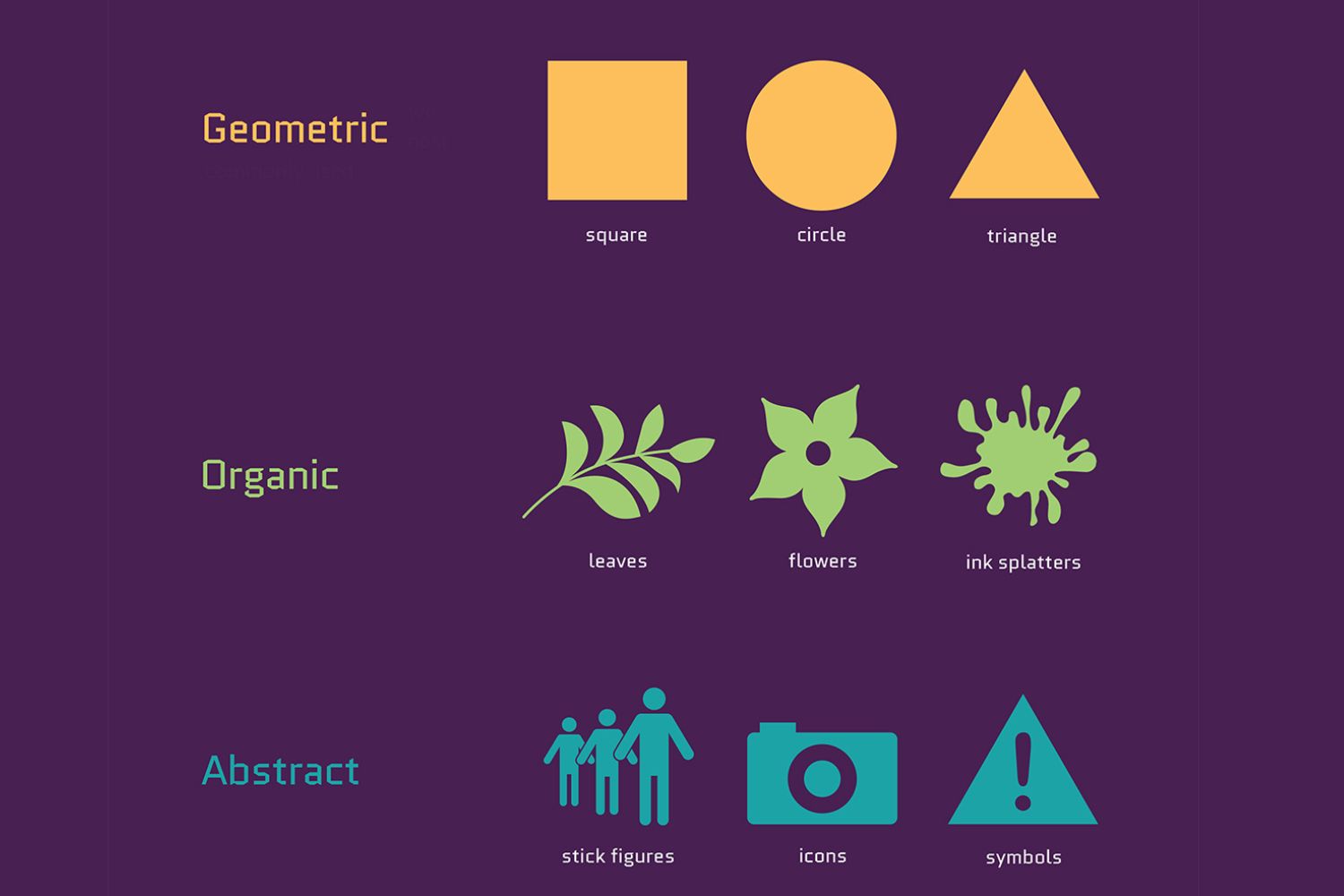
Shape Theory might sound like something out of a sci-fi movie, but it's actually a fascinating area of mathematics. What is Shape Theory? Shape Theory is a branch of topology that studies the properties of spaces that are preserved under continuous deformations. Imagine stretching, bending, or twisting an object without tearing or gluing it. This theory helps mathematicians understand how different shapes can be transformed into one another. It's like a mathematical version of origami! From understanding the universe's shape to solving complex engineering problems, Shape Theory has applications in various fields. Ready to dive into some mind-bending facts about this intriguing subject? Let's get started!
What is Shape Theory?
Shape theory is a branch of topology that studies the properties of spaces that are preserved under continuous deformations. It’s like understanding the essence of shapes without worrying about their exact form. Here are some fascinating facts about shape theory that will blow your mind.
- Shape theory emerged in the 1960s as a way to study spaces that are too "wild" for traditional homotopy theory.
- It was developed by mathematicians Karol Borsuk and Samuel Eilenberg.
- Shape theory helps in understanding the fundamental structure of spaces that are not well-behaved.
- It is particularly useful in studying fractals and other complex geometric structures.
- Shape theory can be applied to digital image processing and computer graphics.
Key Concepts in Shape Theory
Shape theory has several key concepts that are crucial for understanding its principles. These concepts help in analyzing and comparing different shapes.
- Homotopy: A continuous transformation from one shape to another.
- Homology: A tool for measuring the "holes" in a shape.
- Cohomology: Similar to homology but works in a dual manner.
- Shape Invariant: A property that remains unchanged under continuous deformations.
- Shape Category: A mathematical structure that organizes shapes and their transformations.
Applications of Shape Theory
Shape theory isn't just an abstract mathematical concept. It has real-world applications that impact various fields.
- Robotics: Helps in path planning and obstacle avoidance.
- Medical Imaging: Assists in analyzing complex structures like the human brain.
- Geographical Information Systems (GIS): Used for terrain modeling and analysis.
- Computer Vision: Enhances object recognition and scene understanding.
- Molecular Biology: Aids in understanding the shapes of proteins and DNA.
Shape Theory in Nature
Nature is full of shapes and patterns that can be studied using shape theory. Here are some natural phenomena where shape theory plays a role.
- Fractals: Natural objects like coastlines and mountains exhibit fractal geometry.
- Cell Membranes: The shape of cell membranes can be analyzed using shape theory.
- Animal Patterns: The spots on a leopard or the stripes on a zebra can be studied through shape theory.
- Plant Growth: The branching patterns of trees and plants follow principles of shape theory.
- Crystal Formation: The shapes of crystals and minerals can be understood using shape theory.
Shape Theory and Art
Artists have long been fascinated by shapes and their transformations. Shape theory provides a mathematical foundation for understanding these artistic concepts.
- Cubism: This art movement breaks objects into geometric shapes.
- Abstract Art: Uses shapes and forms that are not meant to represent reality.
- Sculpture: Shape theory helps in understanding the spatial properties of sculptures.
- Architecture: Modern architecture often employs principles of shape theory.
- Graphic Design: Shape theory aids in creating visually appealing designs.
Future of Shape Theory
Shape theory continues to evolve and find new applications. The future holds exciting possibilities for this fascinating field.
- Artificial Intelligence: Shape theory could enhance machine learning algorithms.
- Virtual Reality: Helps in creating more realistic virtual environments.
- Quantum Computing: May provide insights into the geometric properties of quantum states.
- Space Exploration: Could aid in the analysis of extraterrestrial landscapes.
The Final Shape
Shape theory isn't just for math geeks. It’s everywhere, from the architecture of buildings to the patterns in nature. Understanding shapes helps us make sense of the world. It’s like having a secret code to decode everything around us.
Shapes influence design, art, and even how we communicate. Think about emojis or road signs. They’re simple shapes but convey so much. Knowing a bit about shape theory can make you see things differently. It’s like putting on a pair of glasses that reveal hidden details.
Next time you look at a flower, a bridge, or even a logo, remember there’s more to it than meets the eye. Shapes are the building blocks of our world. Keep exploring, keep questioning, and you’ll find that shapes are more than just lines and curves. They’re the essence of everything.
Was this page helpful?
Our commitment to delivering trustworthy and engaging content is at the heart of what we do. Each fact on our site is contributed by real users like you, bringing a wealth of diverse insights and information. To ensure the highest standards of accuracy and reliability, our dedicated editors meticulously review each submission. This process guarantees that the facts we share are not only fascinating but also credible. Trust in our commitment to quality and authenticity as you explore and learn with us.
